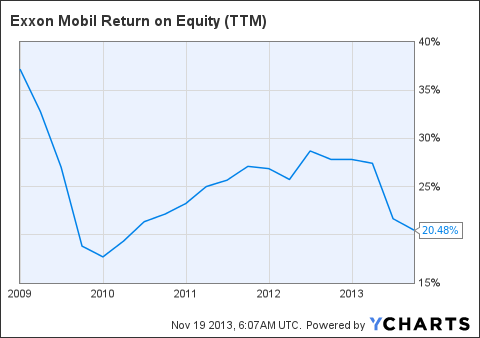Best Stock Picks 2019 Lessons On Corporate Dividend Payout And Retention Ratio
Post on: 23 Июнь, 2015 No Comment

Tuesday, September 3, 2013
Lessons On Corporate Dividend Payout And Retention Ratio
When you think about investing money in good companies, there are typically two ways to invest: Equity (ownership, such as stock) or Debt (lending, such as bonds). The amount of risk that you are willing to accept, coupled with your desired return, will determine which investments are more suitable for your needs. As a shareholder (equity ownership), you can be rewarded with dividends and stock price increases, but this all comes with the price of risk. With a debt investment, most investors seek a stable fixed-income investment that produces a systematic payout or yield. As corporations make a profit, some of this income might be distributed to shareholders as a dividend or interest payments to bondholders. Or, it might be retained (reinvested back into the company) or used to retire debt — this is generally decided by the board of directors.
Pay Dividends or Retain Earnings?
As you study different companies, they generally fall into one of two styles: growth or value. Companies are also sometimes referred to as Dividend & Income Stocks or Growth Stocks. Growth companies have strong earnings potential; therefore, they’re typically higher-priced companies. Because they focus on growth, they tend to retain more of their earnings than value companies. This allows reinvesting the profits back into the business to promote growth with the goal of increasing the stock price.
Value companies, on the other hand, are stocks that have fallen out of favor and are undervalued by the current marketplace. These companies can be acquired at bargain prices and tend to perform well long term. Many value companies will pay a dividend to shareholders to show stability and attract investors.
Growth Company Examples: Amazon (Nasdaq:AMZN), Google (Nasdaq:GOOG)
These growth companies pay very small dividends (if any) as they tend to retain earnings to grow the company.
Technology companies are usually categorized as growth companies.
Value Company Examples: AT&T (NYSE:T), General Electric (NYSE:GE)
These are value companies that pay handsome dividends to shareholders.
Utility companies are usually categorized as value companies.
Practical Uses for the Dividend Payout and Retention Ratios
The Dividend Payout Ratio is a calculation used to measure the percentage of a company’s net income that is paid to shareholders as dividends; whereas the Retention Ratio is a measure that determines the portion of earnings that are reinvested back into the business.
Example: Let’s assume that company XYZ had quarterly dividend payments last year of 70 cents per share, which equals a total annual dividend per share of $2.80. XYZ also reported earnings per share of $5.60. How would you calculate the Dividend Payout Ratio?
Dividend Payout Ratio (DPR) = Annual Dividend per share/Earnings per share
DPR = 2.80/5.60
DPR = 0.50 or 50%
The Retention Ratio is the exact opposite of the dividend payout ratio, and it is calculated by taking 1 minus the DPR. So, the Retention Ratio for McDonald’s would be 50% = 1-50%.
What Does It All Mean?
For investors seeking income, the dividend payout ratio and dividend yield (current dividend/current price) are useful tools to gauge the annual income generated from the investment and to compare a company versus its industry peers or another income stock that you may be considering. If the dividend payout ratio is 53.5%, then investors can expect the company to pay out 53.5 cents on every dollar earned by the company and reinvest the remaining 46.5 cents. Low payouts would indicate that the company might be in growth mode or fairly new; whereas high payouts can indicate maturity.
Companies like AT&T have dividend payout ratios that well exceed 100%. A DPR exceeding 100% indicates that a company is paying out more than it is earning. High payouts can be problematic and harmful to companies looking to expand or build positive cash flow. In 2013, CenturyLink (NYSE:CTL) reduced its quarterly dividend from 72 cents in 2012 down to 54 cents in 2013 to sustain its business model. Dividend reductions are generally not a positive indicator for the financial condition of a company; thus it can lead to a decrease in the stock price and investor panic. CenturyLink’s stock price decreased by over 20% in the middle of February 2013, when the company announced it would cut its upcoming dividend.
Increases and Decreases in the Ratio
We stated earlier that a reduced dividend can raise a red flag; however, a lower dividend payout ratio when compared with the previous year does not necessarily indicate bad news. Several factors both positive and negative can increase or decrease the dividend payout ratio:
Decreases to the Dividend Payout Ratio (DPR):
— Flat dividend and an increase in earnings
— Decreased dividend and earnings remain unchanged
Increases to the Dividend Payout Ratio (DPR):
— Flat dividend and a decrease in earnings
— Increased dividend and earnings remain unchanged














